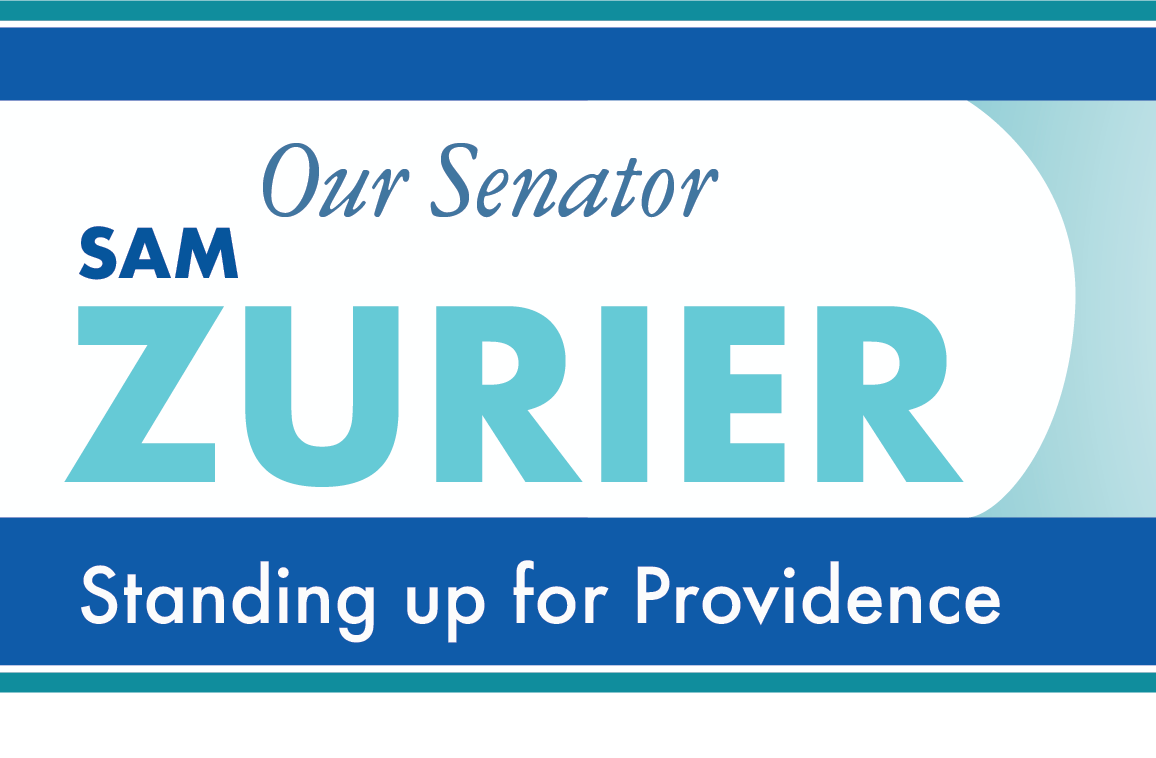I hope you were able to get outdoors yesterday, the type of day I have waited all Spring to enjoy. In this week’s letter, I discuss the State’s ability to commit funds develop affordable housing.
Rhode Island faces an affordable housing crisis, and many believe that we should make a major investment of American Rescue Plan Act (ARPA) funds to address it. In its Make It Happen report, the Rhode Island Foundation proposed committing $405 million, while the Homes RI Coalition’s Proposal calls for a $525 million investment. The core of both proposals is the construction of new affordable rental homes ($200 million for the RI Foundation, and $350 million for Home RI to construct 2,500 units), and both proposals also allocate significant funds for other related housing purposes.
Compared to these proposals, the Governor’s ARPA budget commitment of $250 million total for housing, of which $90 million would be used to construct 600 affordable housing rental units, appears to be excessively modest. From the hearings and my discussions with State officials, I learned the following:
* A typical affordable housing project begins with a request for proposals from a developer offering to build a certain number of affordable housing units in return for a certain amount of State and federal subsidies. The units are subject to a 30-year deed restriction requiring rentals to tenants whose income is at or below 80% of the area median income, at a rent of around 30% of their income. The process from start to finish can take at least 2-3 years.
* The ARPA funds must be “obligated” by December 31, 2024 and must be spent by December 31, 2026, or else returned to the federal government.
* RI Housing believes the current pipeline of projects and proposals is sufficient to ensure that the Governor’s proposed level of new affordable housing construction (600 units) can be completed within the ARPA time frame, and at the budgeted subsidy of $150,000 per unit. RI Housing is cautious, however, about whether there is sufficient capacity within the market to support any proportional “scale up” of the program within time frame and subsidy per unit.
* The Governor’s budget includes $2 million to develop of a Statewide affordable housing plan, which may provide useful information concerning the issue of capacity. This planning process could provide useful information about capacity by the end of the calendar year.
* The federal government has other programs that provide more “bang for the buck” from state investments of affordable housing. For example, the 4% Tax Credit Program typically adds federal subsidies equal to around 30% of the State’s commitment. Unfortunately, current Treasury guidance excludes ARPA funds from eligibility for this tax credit.
I believe we need to make a larger investment in affordable housing above and beyond the Governor’s $250 million. I would prefer to meet the approximately $400 million proposed by the Rhode Island Foundation. It is not clear, however, whether we have sufficient capacity to scale up affordable housing development to a greater level within the narrow time windows of ARPA.
My first idea to address this uncertainty is to allocate the additional ARPA money to affordable housing, use the planning process to determine how much can be used effectively within the ARPA timeline, and then (if necessary) redirect the unused balance to other ARPA priorities. Rhode Island Housing expressed concerns, however, that the six-month delay incurred by the planning process might make it more difficult to complete construction by ARPA’s deadline.
My second idea is to “swap in” State surplus operating funds to replace federal ARPA funds for part of this program. There are two reasons why State funds can be more productive than ARPA funds to develop affordable housing. First, the ARPA funds (at least for now) cannot be extended by federal tax credits (which, for example, at 30% of value through the 4% credit program.) Second, the state surplus funds are not subject to the same “use it or lose it” deadlines as the federal ARPA funds.
There are substantial amounts of surplus funds available. As you know, the State will be approving a budget for $618 million of funds recognized as surplus as of the end of last calendar year. At the Revenue Estimating Conference held last week, the State estimated that tax revenue will exceed budgeted projections by $325 million. Some of the projects contained in the Governor’s surplus budget could be “swapped” for projects in the ARPA budget.
These proposed changes are complex, and time is running out on the current General Assembly session. With that said, I will talk with my colleagues to ask them to consider whether mixing in and/or substituting State surplus funds may provide the biggest “bang for the buck” in expanding our affordable housing program, given the questions concerning the State’s capacity, the ARPA timetable and the Treasury limitations on tax credits for ARPA-funded programs.
